Canon PowerShot G9 Review
Canon PowerShot G9
Can Canon's new flagship compact win back the enthusiasts?
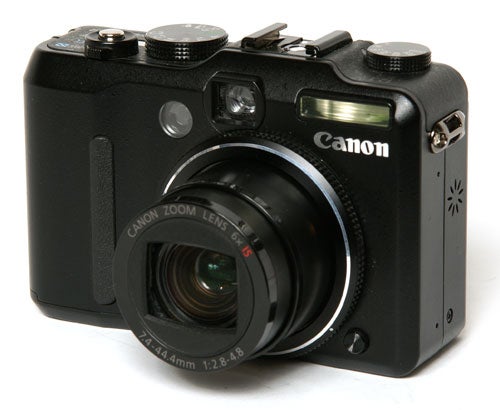
Verdict
Key Specifications
- Review Price: £340.00
When Canon launched the PowerShot G7 in September 2006, it was met by some fairly lukewarm reviews, mainly because it was seen to lack many of the qualities that had made its predecessor the PowerShot G6 such a popular camera with enthusiasts, most notably the f/2.0-f/3.0 lens and RAW mode. Well, it seems that someone at Canon was listening, because the new PowerShot G9 is here, and that RAW mode is back, along with a 1/1.7-inch 12.1-megapixel sensor. It still has the f/2.8-f/4.8 6x zoom lens though.
Canon’s G-series cameras have always been the company’s flagship compact models, and they have always commanded a premium price to match their position. There are very few cameras from other manufacturers that compare directly with the G-series models, but some that you might be considering include the 10-megapixel Panasonic Lumix DMC-LX2 (£280), the 8MP Sony Cyber-Shot DSC-H3 (£210), the 12MP Nikon Coolpix P5100 (£260) or even the 10MP Leica D-Lux 3 (£490!). You might even consider a the PowerShot G7 which is still available for a while yet at around £240, somewhat cheaper than its launch price of £449. The PowerShot G9 was launched in September with a recommended retail price of £449, which is more than the current retail price of an EOS 400D with a lens, and a hell of a lot of money for a compact camera. Three months later it is available for around £320 from some online retailers, although a more usual price is about £350. It’s a bit less than the RRP, but the G9 is still a very expensive camera.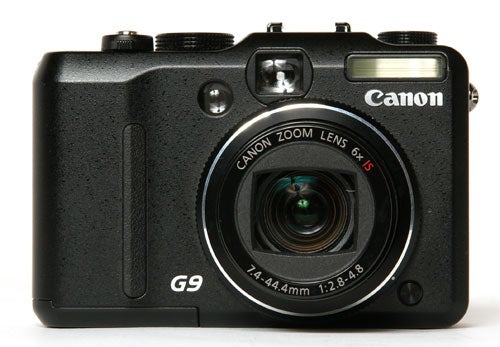
The lens isn’t all the G9 shares with the previous model. As you can see from these pictures, the G9 is physically almost identical to the G7, and shares a great many of that camera’s features. In most respects the G9 is really just an upgrade, adding only a couple of new features. The body is exactly the same, a somewhat utilitarian black box measuring 106.4 x 71.9 x 42.5 mm. It even weighs exactly the same at a hefty 320g. Apart from the hatches and monitor screen, the body is made entirely of metal, and as you’d expect from a £350 camera the build quality is superb. There’s no doubt that the G9 is made to survive serious use at the hands of a semi-pro or advanced hobbyist photographer and the rangefinder-like design is practical and robust. The control layout is also identical to the G7, with a 10-position main mode dial on the top plate, along with a dial for selecting the ISO setting. The zoom control is a rotary bezel around the shutter button. On the back is another rotary bezel, this time around the D-pad. This is used for inputting shutter and aperture values, manual focus adjustment and can also be used for menu navigation. I know some people really hate this control, but personally I like it. In combination with the on-screen display it is a very quick and accurate way of adjusting settings, and the manual focus control is especially precise. I do find the rather small D-pad a bit fiddly though.
As a semi-pro camera, the G9 offers a set of features and a level of control second only to a digital SLR, although it doesn’t offer much beyond the specification of the G7. It has full manual exposure control, as well as aperture and shutter priority, with an aperture range of f/2.8 to f/8.0, and shutter speeds of 15 to 1/2500th of a second. It has a nine-point AiAF system, as well as a moveable single focus point and face detection in both modes. It has a wide range of pre-set white balance options, as well as two user-defined custom settings, handy if you are shooting in an area with mixed lighting. As well as manual modes it also has program auto, full auto and 16 scene modes, including a couple of unusual ones. The Colour Accent and Colour Swap modes are a lot of fun and can produce some interesting effects. The 3200 ISO mode isn’t so useful however, providing an extra stop of sensitivity but only at the 1600 x 1200 (2MP) image size.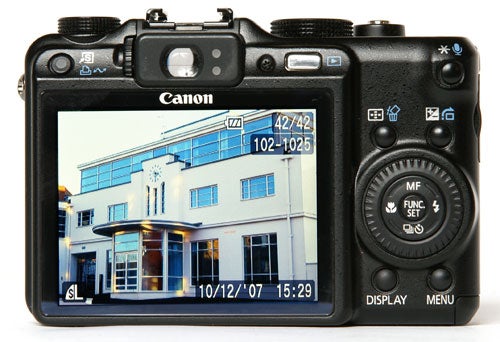
The most obvious feature unique to the G9 is the LCD monitor, which is not only quite a bit larger at 3 inches, but also significantly sharper at 230k pixels. Like the G7’s screen it has a very wide angle of view, wide enough to view the scene even with the camera held overhead. Like most Canon screens it is very bright and contrasty, and works well in bright daylight thanks to an anti-glare layer. Also like most Canon screens it seems to attract finger marks like a magnet, so you’re forever wiping it clean. The G9 also has an optical viewfinder of course, and again this is identical to the one on the G7. It is certainly better than the token viewfinders found on some compact cameras, and does at least have a small reticule for lining up the spot metering and AF points, but it is still quite small, only covers about 75 percent of the frame and suffers quite badly from parallax at close range.
The 12.1-megapixel CCD sensor is, as far as I am aware, the same sensor as the IXUS 960 IS and PowerShot A650 IS compact cameras. It is of the 1/1.7-inch type, physically slightly larger than the 1/2.5-inch sensors used in most compact cameras, but then all of the 12-megapixel cameras I’ve reviewed so far have used this type of sensor, in fact it’s quite possible that it is actually the same sensor, since the manufacturer isn’t identified. We’ll see in a moment how it fares when combined with a Canon lens and the DIGIC III processor.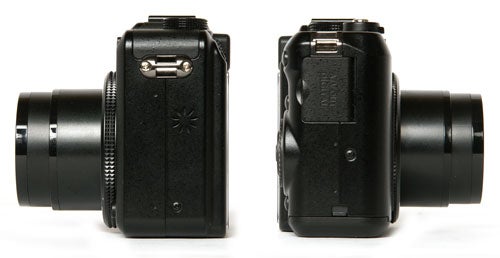
The other new feature, or rather the return of a missing feature, is the RAW mode, considered essential by most serious photographers. The G9 uses the same .CR2 file extension as the EOS 30D and EOS 400D digital SLRs, and produces uncompressed RAW files of around 13.5MB, with the option of shooting RAW+JPEG, although this means that a 1GB SD card only holds 47 shots. The G9 comes with Canon’s excellent Zoombrowser EX software that includes a RAW processor, allowing a wide range of adjustments, although to get the best out of it you’ll be better off with Adobe Camera Raw in Photoshop.
The G-series cameras have always had exceptionally good overall performance, and the G9 is no exception. It starts up extremely quickly in just over 1.2 seconds, and shuts down again in under two seconds. In single-shot mode and the highest quality JPEG setting it averages 2.2 seconds per shot, but the real surprise is that shooting in RAW mode barely slows it down at all, averaging 2.6 seconds per shot in RAW+JPEG mode. In standard continuous shooting mode it can maintain an impressive 0.6 seconds per frame, while in the continuous AF mode it manages one shot per second. The AF system, always a Canon strongpoint, is impressively fast and reliable, and operates well even in very low light conditions, although as usual the AiAF wide-area mode is rather hit-or-miss, frequently focusing on the background of a scene and missing the foreground subject. A blindingly bright pattern-projecting AF assist lamp (which I think may actually be a diode laser rather than an LED) means it can focus in total darkness at a range of about five metres. The G9 features Canon’s excellent optical image stabilisation system, and it works extremely well. I had no problem at all shooting hand-held at shutter speeds of 1/15th of a second. One feature that doesn’t perform quite as well however is the zoom control. It is stepped with 13 increments between the longest and shortest ends, but the control is rather jerky and imprecise.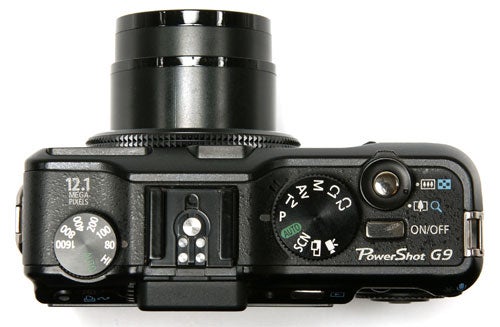
Finally we come to the crucial issue of image quality, and here there is good news and bad. The good news is that the image quality at its best is superb. At the lowest ISO setting, JPEG images are pin-sharp and virtually noise free, and shooting in RAW mode produces even better results. The overall level of detail is fantastic, significantly better than any of the other 12MP compacts I’ve reviewed so far. In top quality mode the G9 produces very large JPEG files averaging around 6.5MB, the largest I’ve seen from a compact camera, and virtually uncompressed. The lens is also superb, with excellent edge-to-edge sharpness and producing very little distortion at either end of the zoom range. The bad news is that the G9 suffers from exactly the same problems as all the other super-powerful compact cameras: limited dynamic range and image noise problems at even relatively low ISO settings. Although the DIGIC III processor and the very accurate metering system do their best, and it is far from the worst result I’ve seen, high-contrast images do suffer from murky shadows and clipped highlights. Noise is visible in the darker areas of shots at 100 ISO, and causes problems with colour rendition at 200. This isn’t a disappointing result, and the G9 is capable of producing superb image quality, but it isn’t as good as it could have been. The same camera with a larger or lower-powered sensor could have been even better, but as usual the marketing department has had its way and the bigger numbers have won the day.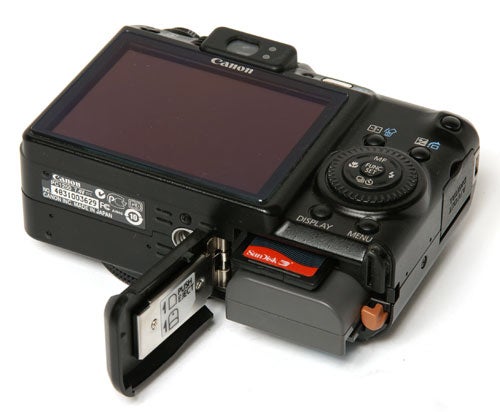
”’Verdict”’
With superb build quality, a huge range of features and options, fast performance and – at its best – outstanding image quality, the Canon PowerShot G9 is certainly one of the best compact cameras on the market, and a very good creative tool for the enthusiast photographer. However it does suffer from the usual limited dynamic range and noise problems of super-powerful compacts, and considering it is nearly the price of an entry-level DSLR, one has to ask if it’s really worth the money.
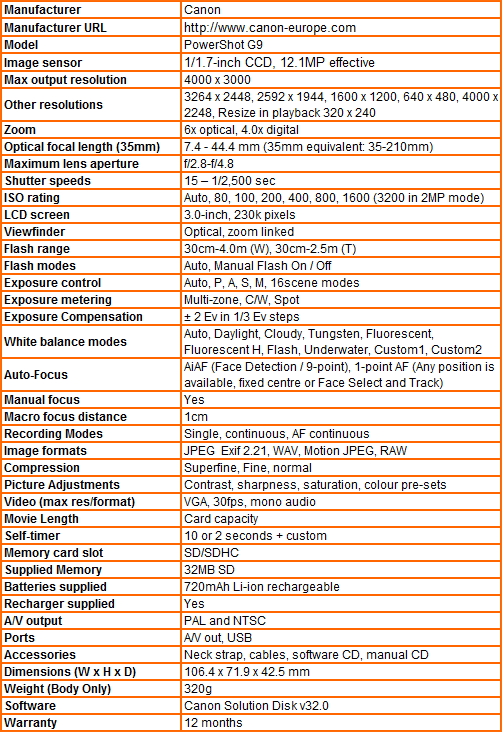
”Over the next few pages we show a range of test shots. On this page the full size image at the minimum and maximum ISO settings have been reduced to let you see the full image, and a series of full resolution crops have taken from original images at a range of ISO settings to show the overall image quality.”
—-
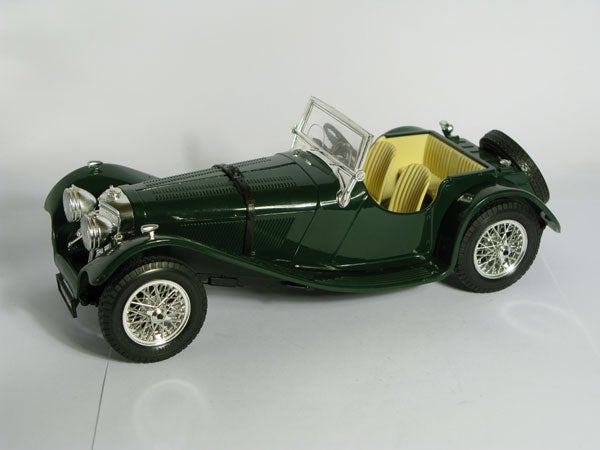
We’re back with the Jag this week, since the metallic paint on the Aston was causing problems. This is the full frame at 80 ISO.
—-
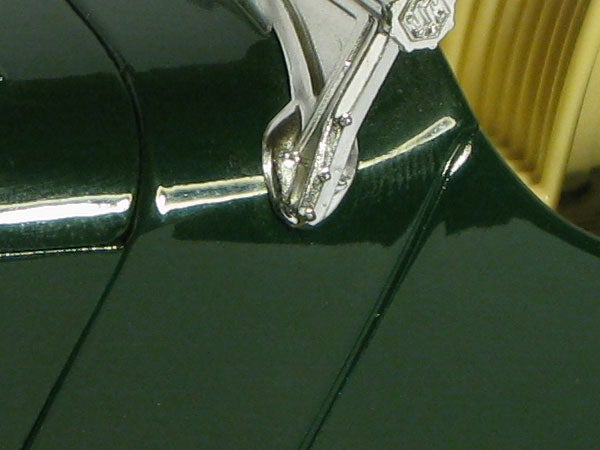
At the minimum ISO setting of 80, the image quality is fantastic.
—-
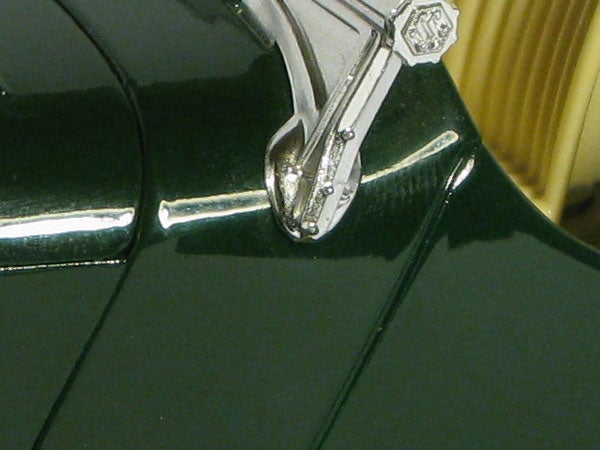
It’s not too visible on this shot, but at 100 ISO there is some noise in the darker areas.
—-
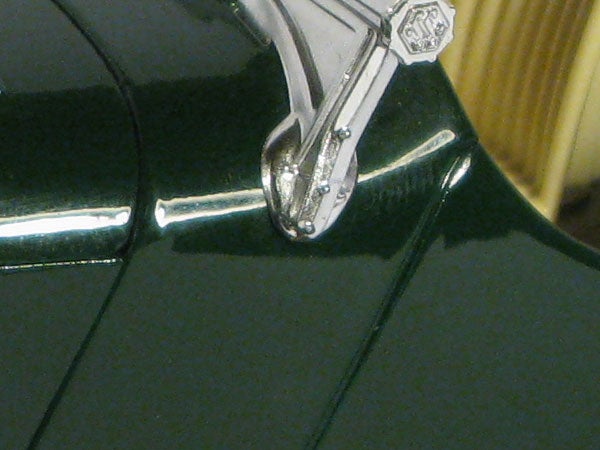
At 200 ISO there is visible noise in all the darker areas, and the colour is looking a bit faded and blotchy.
—-
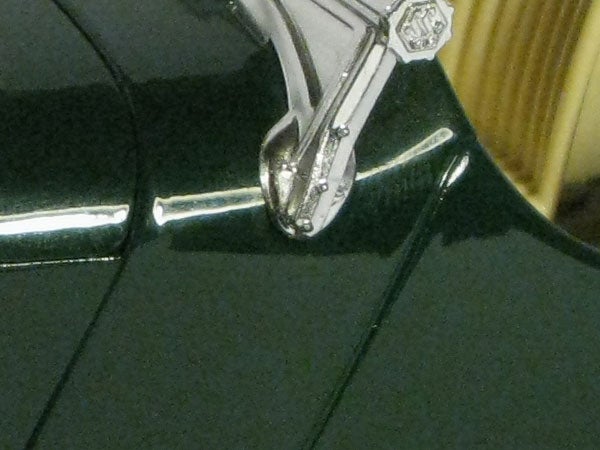
Image noise is a lot more noticeable at 400 ISO.
—-
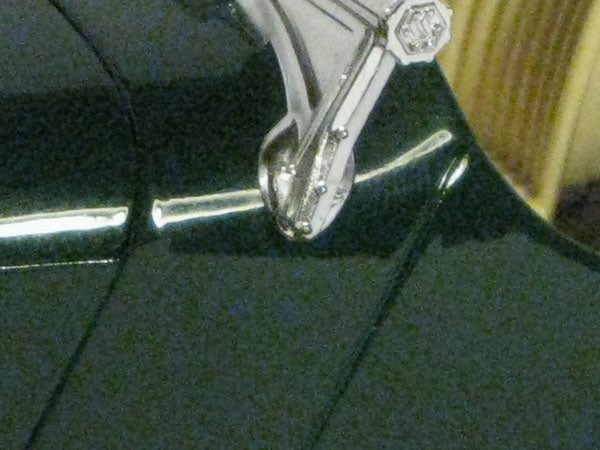
Worse still at 800 ISO.
—-
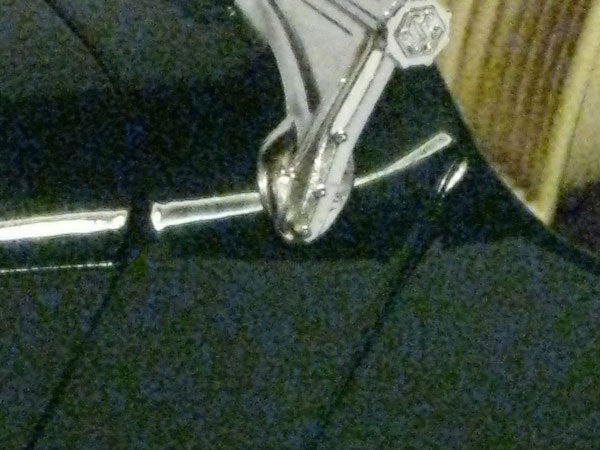
At 1600 ISO the image quality is about as bad as any other 12MP compact.
—-
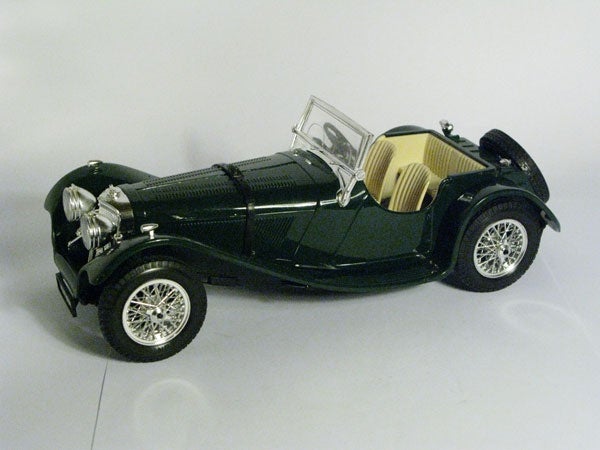
This is the full frame at 1600 ISO.
—-
”A range of general test shots are shown over the next two pages. In some cases, the full size image has been reduced for bandwidth purposes, and a crop taken from the original full resolution image has been placed below it to show the overall image quality.”
—-

Here’s my usual detail test shot of the West Window of Exeter Cathedral, for you to compare with other cameras. Unfortunately the full-size shot is over our 5MB download limit, so you’ll have to compare the crop below.
—-
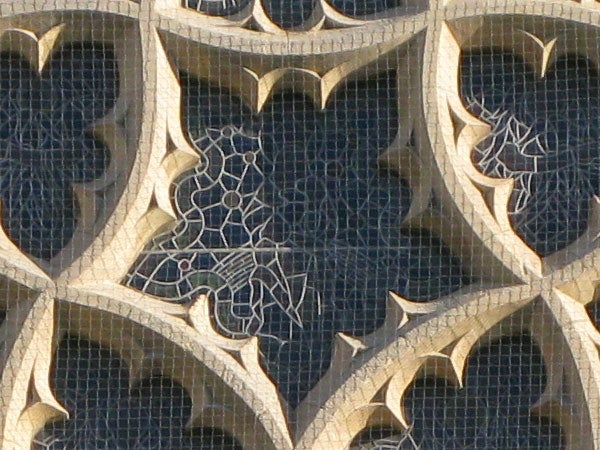
The level of detail is amazingly high. Compare this shot with the 12mp Panasonic FX100.
—-
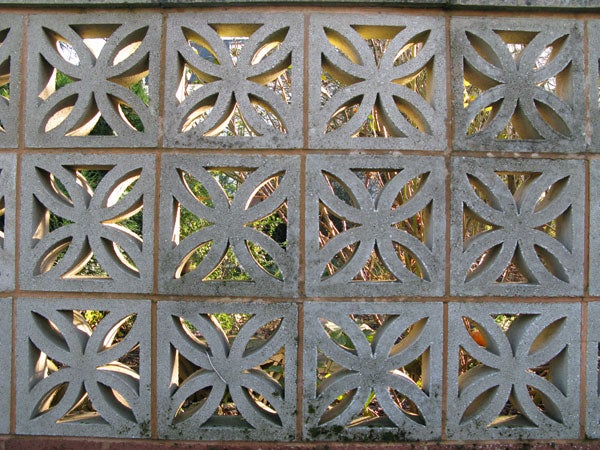
As you can see, the lens produces very little barrel distortion at wide angle. Unfortunately however the AiAF system decided to focus on the garden behind this wall, which I didn’t notice until it was too dark for a re-shoot. I’ll update with the centre and corner sharpness pics tomorrow.
—-
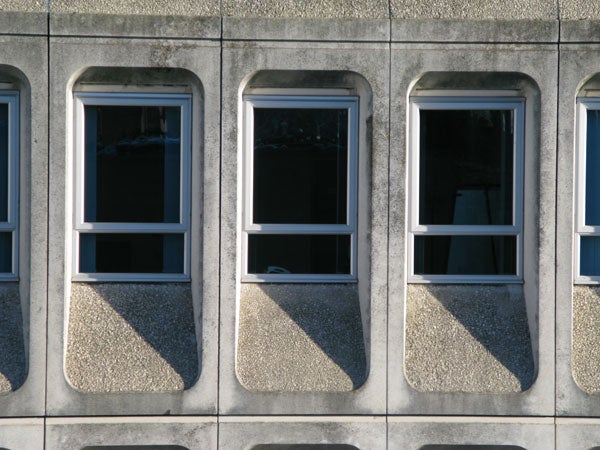
At the maximum telephoto setting the lens does produce a little pincushion distortion, but not much.
—-
”A range of general test shots are shown over the next two pages. In some cases, the full size image has been reduced for bandwidth purposes, and a crop taken from the original full resolution image has been placed below it to show the overall image quality.”
—-
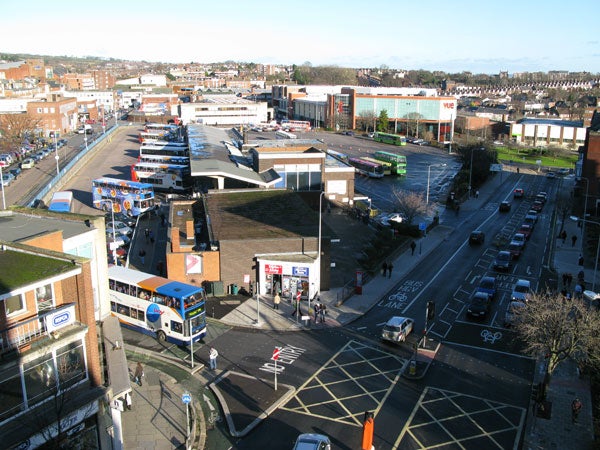
The wide angle end of the zoom is equivalent to 35mm, about average for a compact camera. Again, the full-size image was too large for our download system. We must do something about that if we’re going to be seeing more 12mp cameras.
—-
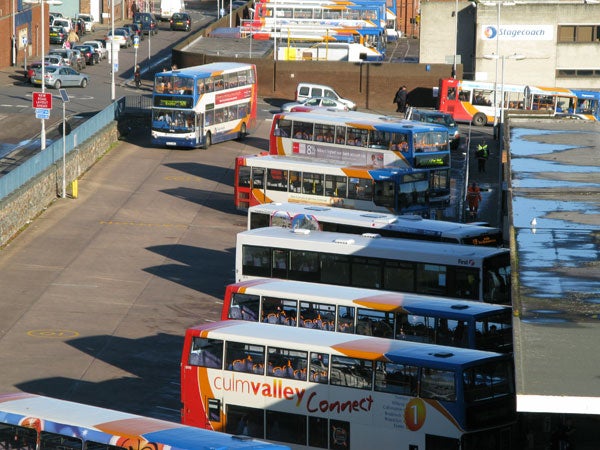
The telephoto end of the 6x zoom is equivalent to 210mm, a useful range for picking out distant objects.
—-
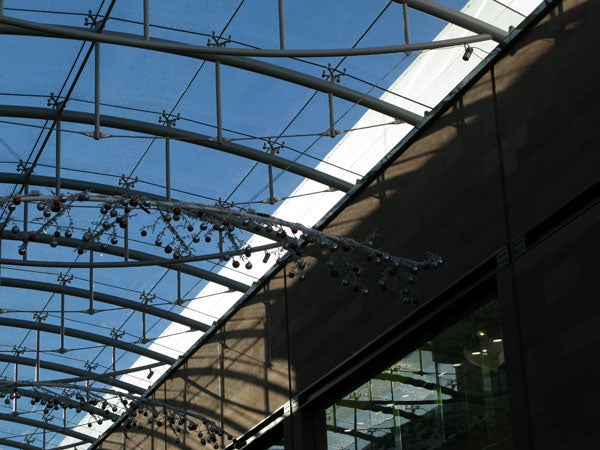
Dynamic range is better than some high-powered compacts, but the shadows are still a bit murky.
—-

Colour rendition and exposure are first rate.
—-
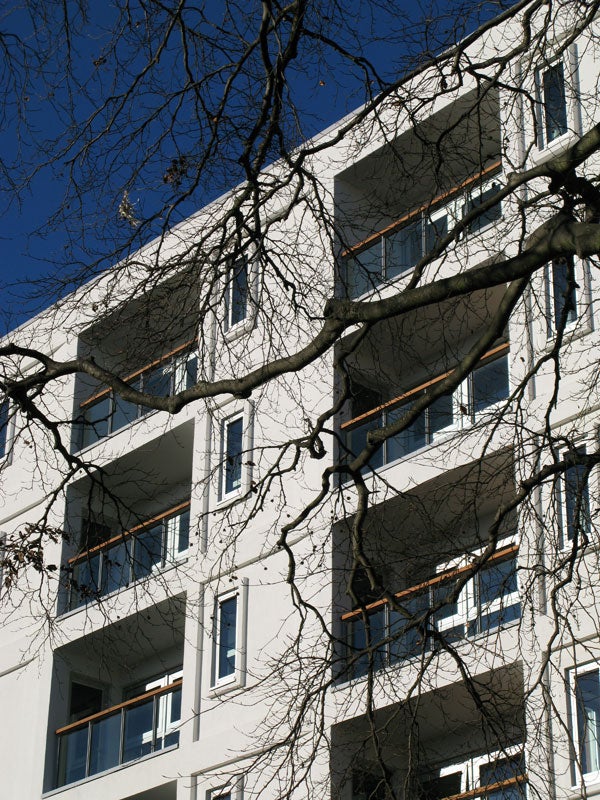
The G9 is a good camera for creative photography, and really encourages you to get out and take photos.
—-
Trusted Score
Score in detail
-
Value 5
-
Image Quality 9
Features
| Camera type | Digital Compact |
| Megapixels (Megapixel) | 12.1 Megapixel |
| Optical Zoom (Times) | 6x |
| Image Sensor | CCD |
| Image Stabilisation | Optical |
| LCD Monitor | 3 in |
| Flash modes | Auto Flash, Red-eye Reduction, Flash ON, Flash OFF |
| Video (max res/format) | 1024 x 768 |
| Memory card slot | MultiMediaCard (MMC), Secure Digital (SD) Card, Secure Digital High Capacity (SDHC) Card |

